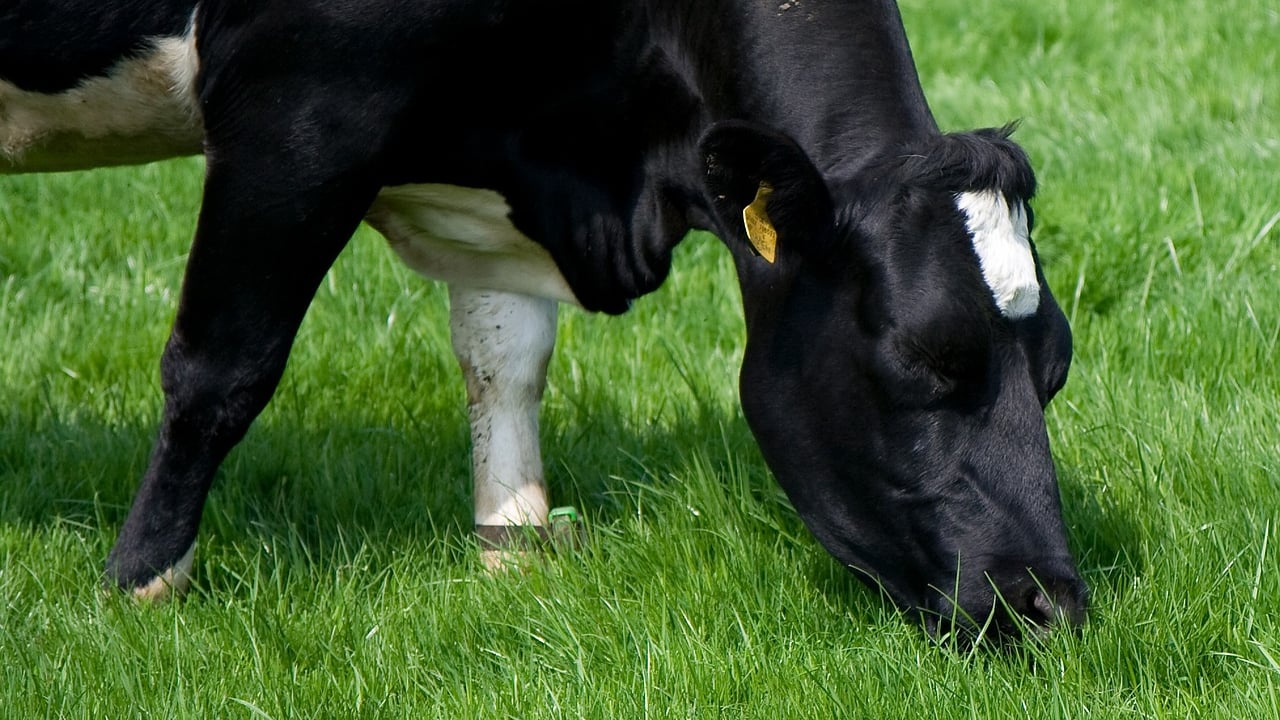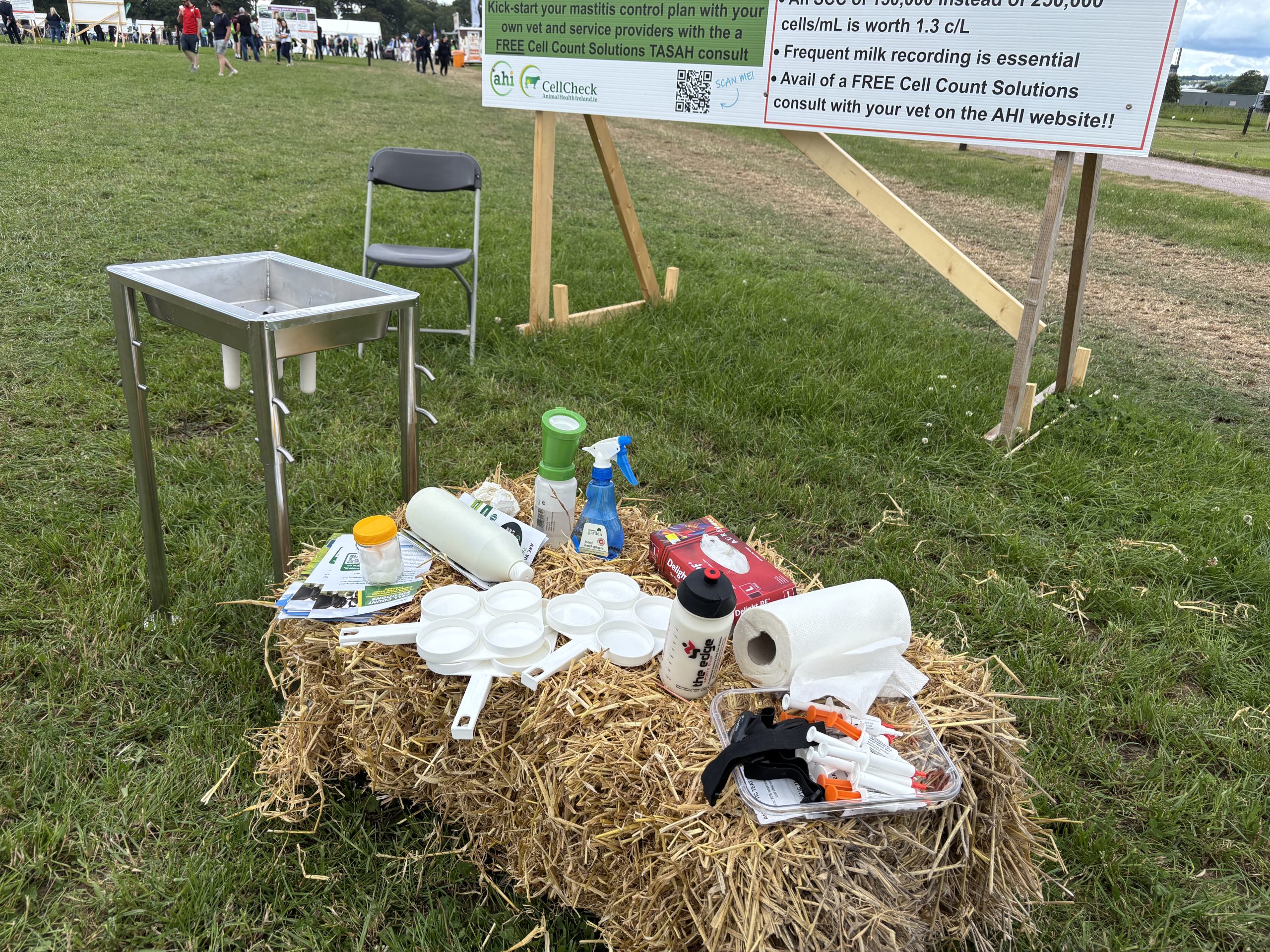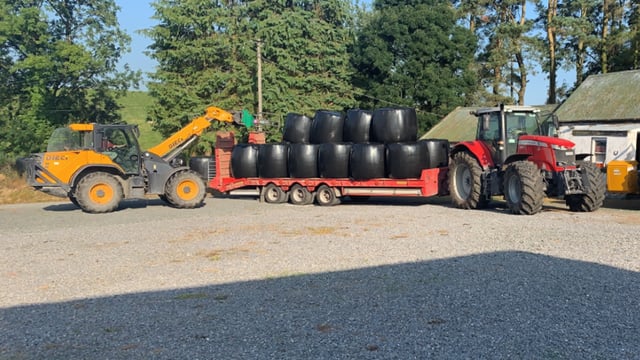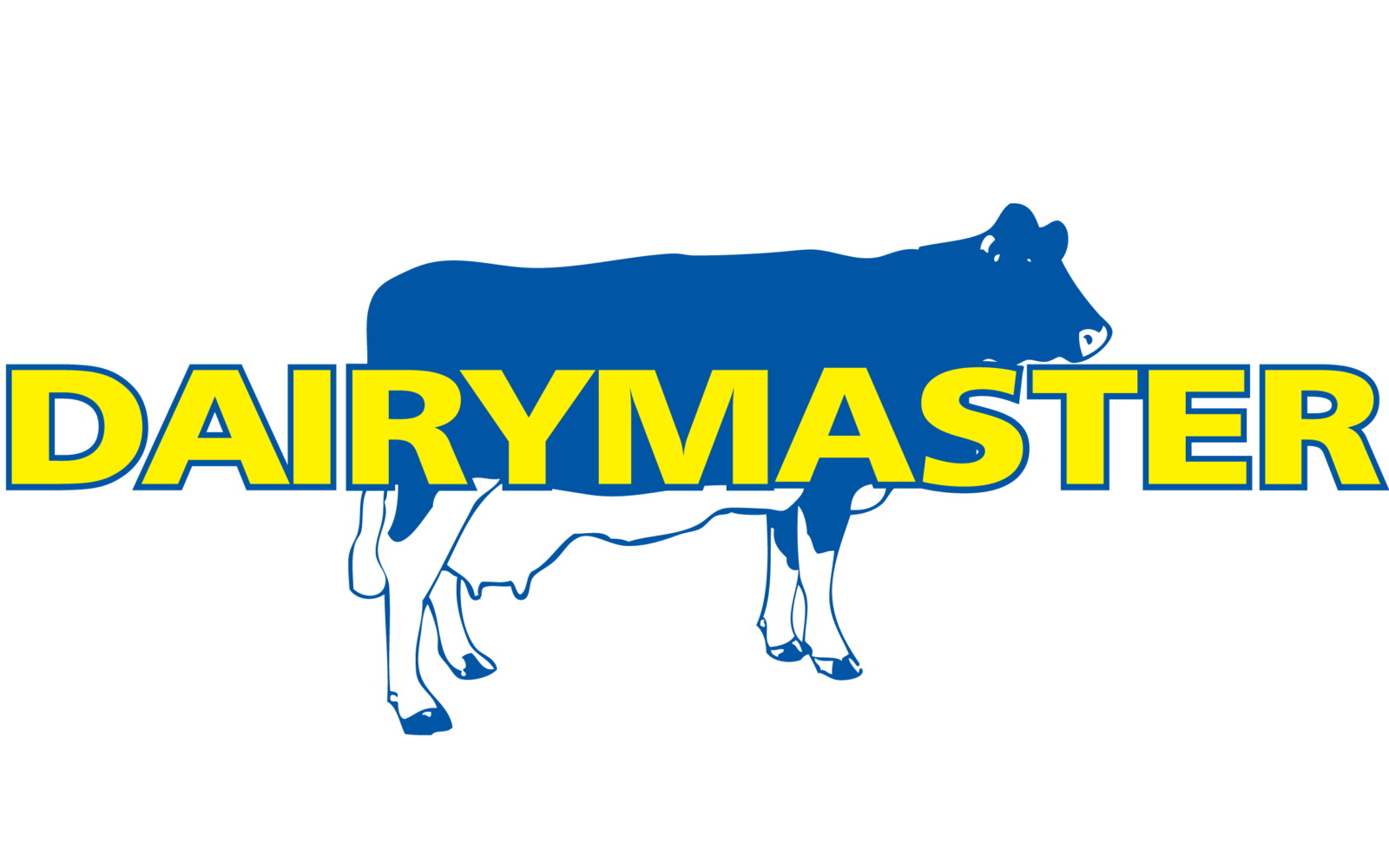TB and Johne's hot topics at Moorepark '25 health village
Larger herds can be at higher risk from residual infection, as infected animals can be harder to identify, according to Teagasc advisers.
This can especially be a problem following a tuberculosis (TB) breakdown.
The Teagasc advisors were speaking at one of the information villages at the Moorepark Open Day earlier this week,
Themed 'One Health, One Welfare', the village also covered Johne's disease, SCC, lameness and parasites.
Residual infection is the continued presence of Mycobacterium bovis (m. bovis) in a herd even after infected animals have been removed, typically following a TB breakdown.
The advisors said this can be a burden on farms as asymptomatic, infected cattle can spread TB, stating over half of farm breakdowns related back to residually infected animals.
Cattle with bovine readings (bottom lumps) are four times more likely to fail a test, according to the advisors, who also noted that animals that read inconclusive are 12 times more likely to read positive for TB in the following test
The advisor recommended that farmers identify and fence off badger sets as well as using the badger activity app to prevent contact with cattle.
The village also informed attendees on Johne's disease, recommending farmers carry out annual milk or blood ELISA tests on all cattle over two-years-old, and warned not to breed from Johne's ELISA positive cows.
Moving new-born calves - especially future breeding stock - to a clean bio-secure unit as soon as possible after birth.
They reminded farmers that Johne's causes a drop in milk yield; lameness; low feed conversion efficiency (FCE); weight loss; higher somatic cell counts (SCC), and delayed calving.
In relation to SCC, the village highlighted an experiment which showed that cows dried off with a common technique and teat seal alone had higher SCC in the next lactation.
Farmers were advised to priorities hygiene and accurate technique at dry off, particularly when not using antibiotics.
Teagasc also highlighted studies that showed that when SCC is reduced from 250,000c/ml to 150,000c/ml, farms gain an extra €7000/year or 1.3 cents/L, and recommended CellCheck to help prevent mastitis
A good milking routine, post milking disinfection, proper milking machine functionality and good parlour hygiene will help improve SCC.
The advisors said milking recording is essential as: "You can't measure what you don't record."
Recording will assist in better breeding decisions and herd efficiency, as well as monitoring udder health and identifying cows for antibiotic treatment.
Other issues discussed at the village included lameness and parasites on-farm.
Common lameness lesions are whiteline disease, sole bruise and digital dermatitis, with risk factors including environment, management, nutrition and the animal itself.
The advisors recommended the Sound Cow Innovation Programme, a structured lameness plan, to help prevent the condition which can affect cows' milk yield.
The village noted that the majority of parasites on-farm are found on the ground as eggs and larvae.
Teagasc advised to reduce exposure by evaluating the parasite risk of a pasture (how contaminated it is) and matching this to how naïve your livestock group is (younger animals are more at risk)
The stand recommended implementing a traffic-light grazing system - mapping pastures in terms of risk (low/med/high).
The following actions were highlighted for their potential to reduce pasture risk - reseeding, mechanical hoovering, animal hoovering, spelling pasture or impact grazing.
In addition, famers' own well-being was taken into consideration by the village, which had three health stalls in attendance - Croí, Irish Heart Foundation, and Hidden Hearing, who were all offering free check-ups.






